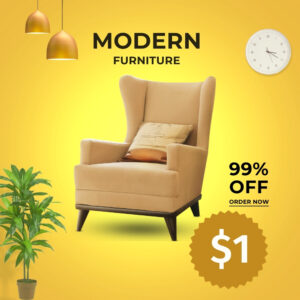Navigating the world of tipping can be tricky. While tipping restaurant servers and hair stylists is fairly commonplace, the question of whether or not to tip furniture delivery people is less clear-cut. As a resource for discerning homeowners and apartment dwellers, similar to the insightful advice found on sanvuonthoangmat.com for garden design, this comprehensive guide will delve into the complexities of tipping furniture delivery professionals, exploring the various factors that influence this decision.
Understanding the Dynamics of Furniture Delivery
Before we jump into the tipping etiquette, let’s understand the job. Furniture delivery isn’t simply about dropping off a package; it’s often a physically demanding job requiring considerable skill and effort. Deliverers often have to:
- Load heavy furniture onto their trucks.
- Unload the furniture carefully, often navigating tight spaces and stairs.
- Assemble some or all of the furniture.
- Handle potentially fragile items with care.
- Remove all packaging materials.
- Sometimes even deal with difficult customers.
This physically demanding work, coupled with the responsibility of handling expensive and often delicate items, deserves consideration when deciding whether or not to tip.
Factors Influencing Your Tipping Decision
Several key factors should influence your decision to tip furniture delivery personnel. These factors move beyond a simple “yes” or “no” and require careful consideration of the specific circumstances.
1. The Level of Service Provided
- Exceptional Service: If the delivery team went above and beyond – handling difficult situations with grace, assembling furniture flawlessly, and generally exceeding expectations – a generous tip is warranted.
- Standard Service: A standard delivery, completed efficiently and without incident, merits a smaller tip, or perhaps no tip at all, depending on other factors.
- Poor Service: If the delivery was late, the team was unprofessional, or the furniture was damaged, a tip is not necessary. You might even consider contacting the company to complain.
2. The Size and Weight of the Delivery
A large, heavy delivery requiring significant effort clearly justifies a larger tip than a small, lightweight one. Consider the number of items, their weight, and the difficulty of maneuvering them into your home.
3. Distance and Accessibility
Difficult access to your home – multiple flights of stairs, narrow hallways, or a long distance from the truck to the delivery location – significantly increases the physical exertion required. These challenges should be factored into your tipping decision.
4. Assembly and Setup
If the delivery team assembled your furniture, this extra service deserves recognition. The complexity of the assembly should be considered – flat-pack furniture is easier to assemble than high-end, intricate pieces. A more complex assembly warrants a higher tip.
5. Company Policy
While not legally required, some furniture companies may include guidelines on tipping in their contracts or policies. Reviewing these policies can provide further insight into the company’s expectations and common practices.
6. Your Personal Budget
Ultimately, the amount you tip should be something you can comfortably afford. Don’t feel pressured to overspend; a reasonable tip that reflects the service received is sufficient.
How Much Should You Tip?
There’s no single “correct” amount to tip furniture delivery people. However, here’s a general guideline based on the factors discussed above:
- $10-$20: For smaller, easy deliveries with minimal effort.
- $20-$50: For larger, heavier deliveries, or those requiring significant assembly or maneuvering through challenging spaces.
- $50+: For exceptionally large or difficult deliveries, outstanding service, or extensive assembly of complex furniture.
Remember, these are simply guidelines; adjust the tip based on the specific circumstances of your delivery. Cash is generally preferred, but a check might be acceptable in some cases.
Beyond the Tip: Good Customer Service
While a tip shows your appreciation for good service, being a courteous and respectful customer is equally important. Clear communication, preparing the delivery area, and having assistance available to help move furniture can significantly ease the delivery process for the team.
The Ethical Considerations of Tipping
Some argue that tipping shouldn’t be necessary, as it’s the company’s responsibility to pay its employees a fair wage. While this is a valid point, tipping remains a common practice in many industries, and furniture delivery is no exception. The tip serves as a direct way to acknowledge and reward exceptional service, supplementing the employee’s wages.


